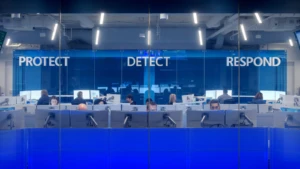EO Strategies for Securing Critical Software & Classifying Agency Data
So far in our ongoing series on the Biden Administration’s Cybersecurity Executive Order (EO) to bolster the U.S. Government’s resilience against cyberattacks we’ve taken a look at what’s next for federal agencies and then mapped out major milestones. Two of those milestones are on August 10, 2021, focused on critical software and classifying agency data










